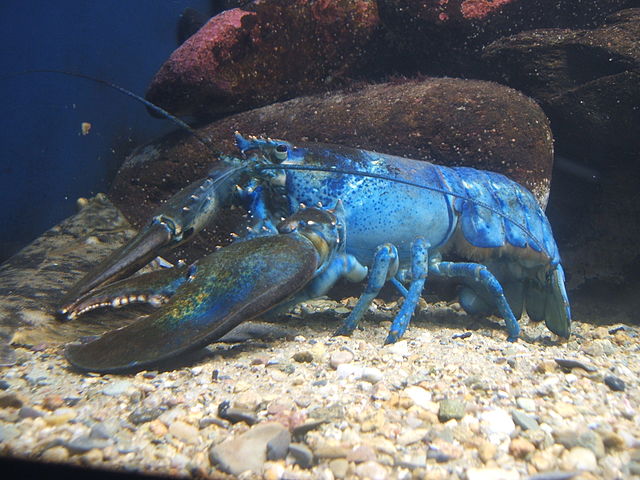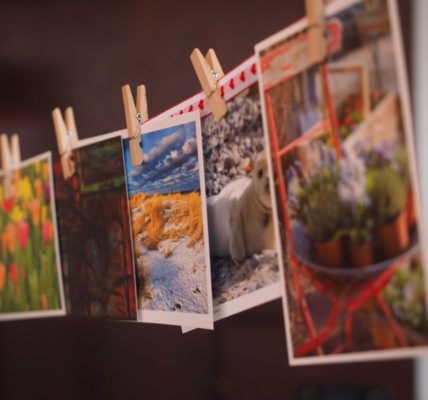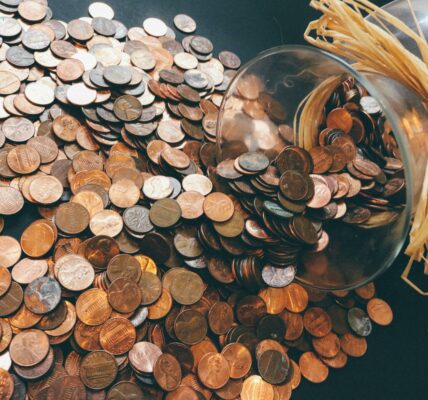On August 16, 2022, a father and son fishing off the coast of Maine caught a bright blue lobster. Yes, blue lobsters are real! So, how rare are blue lobsters? This discovery is so rare that marine biologists estimate that it’s a one in two million chance for one even to exist. The father has been fishing for more than 60 years, and this is the first he’s ever seen.
Fortunately, “Lucky Blue” would remain on display and well taken care of at Becky’s Diner in Portland, Maine for a couple of weeks before being thrown back into the ocean. That way, he can return to the sea and pass on his recessive beautiful blue shell genes. After all, if you cook a blue lobster, it turns back to red, anyway.
Why Are Some Lobsters Blue?
What makes a lobster blue anyway? After all, lobsters are generally a mottled greenish-brown in their natural live state. The American Chemical Society explains in this video that lobsters get their reddish coloring from a red pigment they gain from the plant food that they eat. This pigment, called astanxanthin, also protects lobsters from stress. This pigment is stored in a lobster’s skin, but over time migrates into the hard outer shell. All lobsters have red, blue, and orange proteins in their shells, but the red is predominant. Once a lobster is boiled, though, the outer shell is broken down, along with the blue and orange proteins, leaving behind only the bright red skin underneath to be visible.
What makes a lobster entirely blue is caused by “a genetic defect that causes the lobster to produce an excessive amount of a particular protein that gives the lobster the unique colour.” However, this is a literal “skin-deep” genetic quality and blue lobsters taste exactly the same, despite rumors to the contrary. But, they do have real market value for high-end seafood restaurants, as Investopedia notes that blue lobster has been seen on menus for as much as $500. Some have also been sold as pets.
There are actually even rarer varieties of lobster, including orange (one in 20 million lobsters), as well as yellow and calico (each one in 30 million lobsters). Typically, these specimens are donated to a public aquarium or are thrown back to preserve the rare genetic material they will pass on to their offspring. Of course, plenty of blue lobsters also are sold and cooked, as many YouTube videos will document. I find cooking these lobsters to be a travesty, as the only reason to cook one is simply to show off that you were lucky enough to acquire one.
My Own Experiences With Blue Lobsters
Believe it or not, I’ve seen two blue lobsters in person. One was at the Fundy Discovery Aquarium in St. Andrews, New Brunswick, Canada. While small, it’s one of the best aquariums I’ve ever visited, and still exists to this day.
The other blue lobster, unfortunately, was in a Hannaford Supermarket in Maine for sale. I can’t remember if it was in Calais (next to New Brunswick, Canada) or Farmington (near the State College). But, what I do remember was several customers were in a bidding war with one another to buy the blue lobster. I remarked to my dad that I’d rather have one as a pet; I couldn’t eat something that rare and beautiful. Obviously, I was joking, but that is actually how I feel. I’m also fairly certain those customers were forced to disperse by the seafood department manager.
I actually do eat lobster meat, and I do enjoy it, as long as someone extracts the meat for me. (I have a weird quirk where I refuse to actually break apart the lobster, because it just makes me feel uneasy to do so.) But, I refuse to destroy a rarity of nature just to say I ate one.
Anyway, blue lobsters are awesome. Since blue is my favorite color, they are even more fascinating to me in particular.
Have you ever seen a different colored lobster? I’d love to hear your rare lobster stories.
Photo Credit: Blue American lobster (Homarus americanus). Taken at the New England Aquarium (Boston, MA, December 2006. Copyright © 2006 Steven G. Johnson and donated to Wikipedia under GFDL and CC-by-SA.










1 COMMENTS